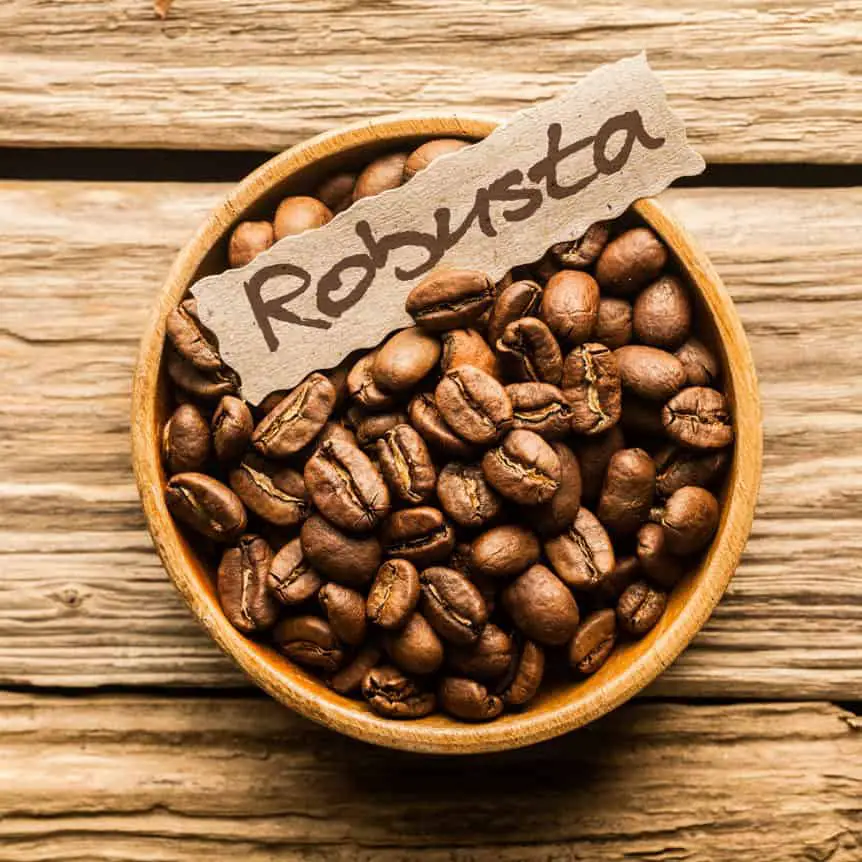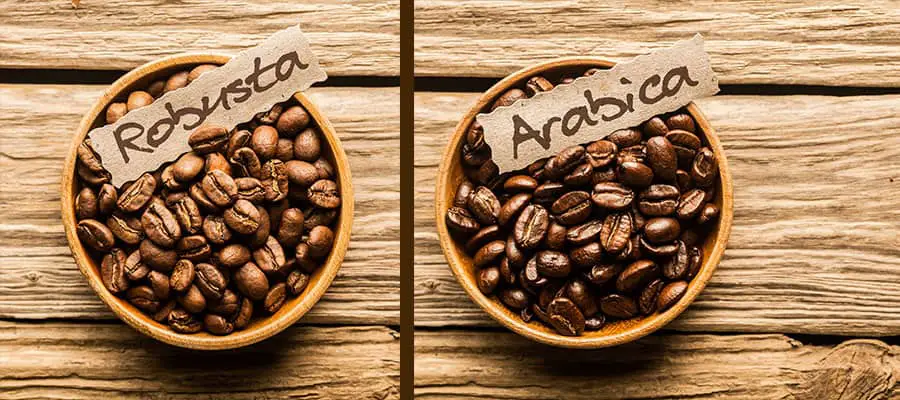I often get questions from friends that are trying to better understand the differences between Arabica and Robusta coffee beans. So, in this post I’ll do my best to give an objective comparison of the two by examining their flavor profiles, growing conditions, processing methods, and brewing techniques. Therefore, whether you’re looking to expand your coffee knowledge to impress your friends or trying todetermine which bean best fits your taste, this overview will give you clear insights into both varieties. Ready? Let’s dive in!
The Two Main Coffee Bean Varieties
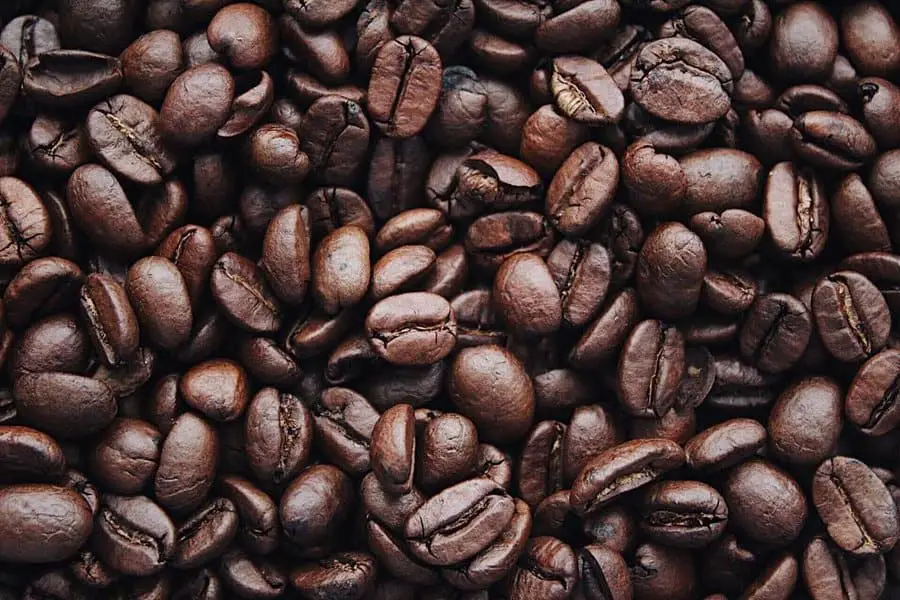
Coffee mainly comes from two species—Arabica and Robusta. Each bean carries its own story, from the environment it’s grown into the unique flavor notes it contributes to your cup. In the following sections, I’ll break down what makes each species special, helping you decide which bean best suits your palate.
5 Key Characteristics of Arabica Coffee
Arabica coffee is widely revered for its refined, delicate qualities and complex flavor profile. Understanding these unique traits can elevate your appreciation for each sip. The points below summarize the essential aspects of Arabica beans:
- Flavor Profile:
Mild and sweet with hints of fruit, chocolate, and floral notes, offering a layered, nuanced experience. - Growing Conditions:
Grown at high altitudes (3,000–6,000 feet) in temperate climates, which contribute to its balanced flavor but also make the plant more sensitive to environmental stresses. - Caffeine Content:
Contains roughly 1% caffeine, making for a smoother, less intense brew. - Harvesting & Processing:
Typically hand-picked to preserve quality, then carefully dried, hulled, and sorted to produce the best beans. - Price & Quality:
Considered higher quality (and more expensive) due to the plant’s delicate nature and labor-intensive production process.
5 Key Characteristics of Robusta Coffee
Robusta beans have a bold personality that appeals to those looking for a stronger, more energizing cup. Their hardiness and distinct flavor make them an essential part of many coffee blends. Below are the core qualities that set Robusta apart:
- Flavor Profile:
Offers a strong, bitter taste with earthy and nutty undertones, perfect for those who enjoy a robust coffee experience. - Growing Conditions:
Thrives at lower altitudes (sea level–3,000 feet) in tropical climates, making the plant hardier and easier to cultivate. - Caffeine Content:
Contains about 2% caffeine, providing a significant energy boost. - Harvesting & Processing:
Often harvested by machine due to its resilience, which helps keep production costs lower. - Price & Quality:
Generally more affordable than Arabica; however, quality can vary. High-grade Robusta is well-crafted, while lower-quality versions may lack complexity.
Side-by-Side Comparison
For a quick, clear overview, here’s a table that puts the two coffee species side by side. This comparison helps highlight the distinct differences in flavor, cultivation, and overall quality.
| Characteristic | Arabica | Robusta |
|---|---|---|
| Flavor Profile | Mild, sweet, fruity, and floral | Bold, bitter, earthy, and nutty |
| Growing Altitude | 3,000–6,000 feet | Sea level–3,000 feet |
| Climate | Temperate | Tropical |
| Caffeine Content | ~1% | ~2% |
| Disease Resistance | More sensitive; less disease-resistant | Highly disease-resistant |
| Harvesting Method | Mostly hand-picked | Often machine-harvested |
| Bean Shape | Generally oval-shaped | More circular-shaped |
| Lipid & Sugar Content | Higher, contributing to a richer flavor | Lower |
| Common Uses | Drip, pour-over, and specialty brews | Espresso blends, iced coffee, and Italian espresso |
From Bean to Brew: Harvesting, Processing, and Roasting
Understanding the journey from cherry to cup deepens your appreciation for the final brew. In this section, we look at how both Arabica and Robusta beans are harvested, processed, and roasted to bring out their unique flavors.
Harvesting & Processing
- Arabica:
Harvested mostly by hand due to the delicate nature of the plant, ensuring that only the ripest cherries are selected. The beans are then sun-dried, hulled, and sorted meticulously. - Robusta:
More tolerant to varying conditions, Robusta beans are often machine-harvested. They undergo drying and hulling processes that are less labor-intensive, contributing to their cost-effectiveness.
Roasting
Roasting is the transformative step that develops the beans’ full aromatic potential. The roast level can enhance different aspects of each bean’s character:
- Light Roasts:
Beans reach internal temperatures of about 385°F to 400°F, which preserves a brighter, more acidic flavor—ideal for showcasing Arabica’s delicate notes. - Dark Roasts:
Beans are roasted between 435°F and 475°F, resulting in a more pronounced, bittersweet flavor that complements Robusta’s inherent strength. Robusta is also prized for producing a rich crema in espresso.
Brewing Tips: Tailoring Your Brew
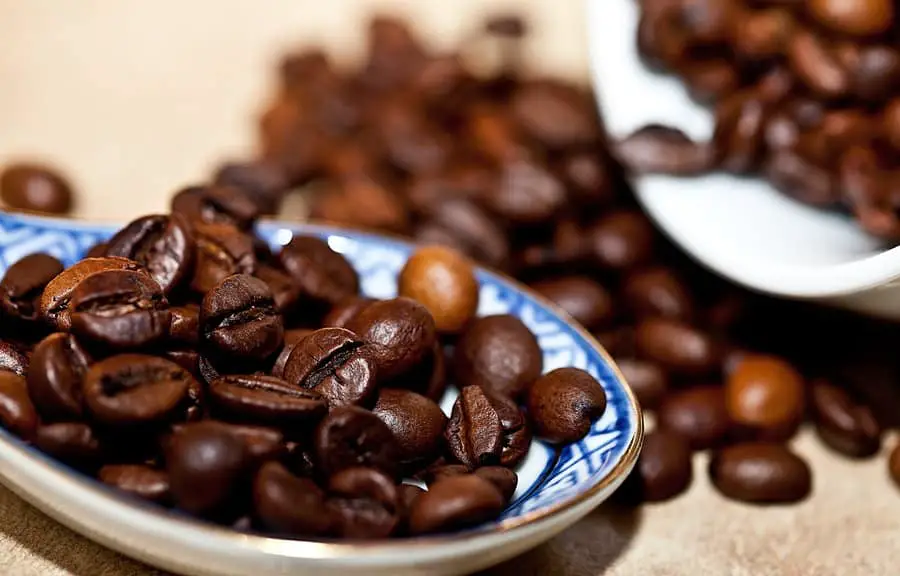
Your brewing method can greatly influence the flavor and overall experience of your coffee. Whether you’re a fan of a gentle pour-over or a robust espresso shot, the right technique can highlight the best in both Arabica and Robusta beans. Consider these tips to tailor your brew:
For Arabica:
Ideal for drip and pour-over methods, which allow the subtle, aromatic complexities to shine. Enjoy it black to fully appreciate its layered flavors.
For Robusta:
Perfect for espresso or Vietnamese iced coffee, where its intense, bold character stands up well to milk and sugar. A blend with a touch of Arabica can balance the flavors beautifully.
Quick Tips for Choosing the Right Brew: If you want a more nuanced experience, opt for 100% Arabica or a blend predominantly composed of Arabica. For an energetic kick and a strong flavor, try a blend with about 10% Robusta or a pure Robusta shot.
Frequently Asked Questions
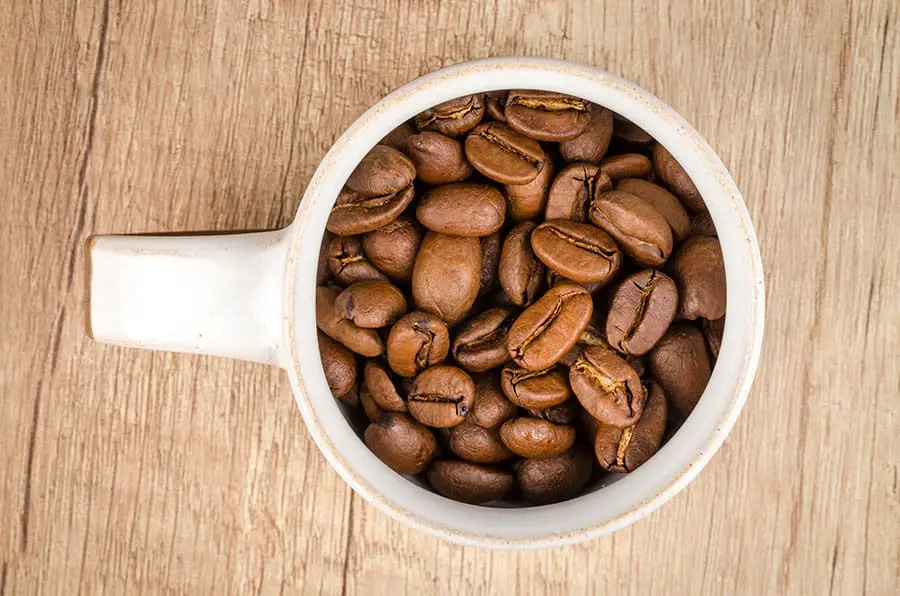
Before brewing your next cup, you still might have a few questions about these 2 different types of coffee beans. So are some common questions I get that may help clarify the differences between Arabica and Robusta:
What makes Arabica coffee sweeter than Robusta?
Arabica beans have higher sugar and lipid levels, which contribute to their complex, sweet flavor.
Is Robusta always bitter?
High-quality Robusta can offer a pleasantly bold profile, though lower-quality beans may taste overly bitter or burnt.
How do growing conditions affect the taste?
The cool, high-altitude environment of Arabica results in a more balanced bean, while Robusta’s tropical growth conditions yield a more pronounced, energetic flavor.
Final Thoughts
In my years of studying coffee, I’ve learned that there’s no definitive “better” bean—only the one that best matches your taste. Arabica’s refined, delicate profile is perfect for those who savor subtlety, while Robusta’s bold, energetic nature appeals to fans of a powerful espresso or iced coffee.

